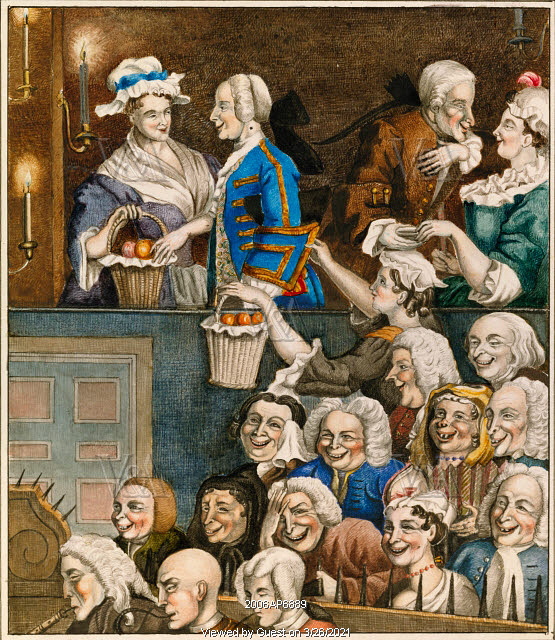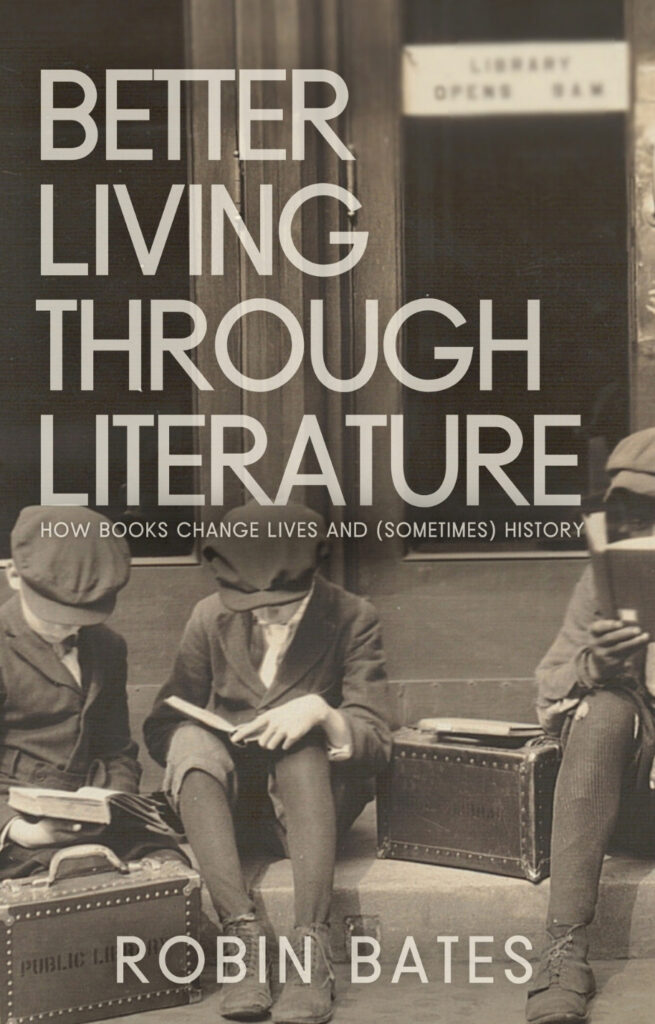Friday
Having long been interested in literary humor—I actually prefer Shakespeare’s comedies to his tragedies—I today apply my knowledge to election jokes and to the phenomenon of laughter. Last month GOP V-P nominee J.D. Vance “joked” that Kamala Harris’s interview with CNN’s Dana Bash was like the meltdown suffered 17 years ago by a Miss Teen America contestant. In response to the Harris interview, Vance posted a clip of 18-year-old Caitlin “Caite” Upton, Miss South Carolina Teen USA, freezing up. To this he added the comment, ““BREAKING: I have gotten ahold of the full Kamala Harris CNN interview.”
When told that Upton had been traumatized by the incident to such extent that she considered suicide, Vance refused to apologize or take back his “joke.” Instead, he doubled down, complaining that “politics has gotten way too lame” and “way too boring” and that “you can have some fun while making a good argument to the American people about how you’re going to improve their lives.” He also said,
I’m not going to apologize for posting a joke, but I wish the best for Caitlin. I hope that she’s doing well. And again, what I’d say is, one bad moment shouldn’t define anybody, and the best way to deal with this stuff is to laugh at ourselves.
When I used to teach “Couples Comedy in the British Restoration and 18th Century,” I would have the students read different theories of comedy. The most applicable to Vance’s joke is Thomas Hobbes in Leviathan (1651), who saw comedy as a blood sport. Some people laugh, he wrote, when they apprehend “some deformed thing in another, by comparison whereof they suddenly applaud themselves.” He observed that these individuals, who are “conscious of the fewest abilities in themselves,” laugh at “the imperfections of other men” in order “to keep themselves in their own favor.”
In other words, people often laugh at others when they are insecure, using humor to bolster their egos. Laughter gives them a way to feel superior.
One instance of such laughter that haunts me to this day is Donald Trump mimicking reporter Serge Kovaleski during the 2016 campaign. Kovaleski, who suffers from a congenital condition affecting the joints called arthrogryposis, had disputed Trump’s false claims that thousands of New Jersey Muslims celebrated the 9-11 attacks. Trump reported that he confronted the reporter, getting him to back down. “Now the poor guy, you gotta see this guy,” Trump told a rally crowd as he pantomimed Kovalesky, stuttering and flailing his arms around. While he later claimed he didn’t know about the reporter’s condition, it was still classic bully behavior. I had a clear picture of what Trump must have been like as a teenager.
Vance’s joke is not so egregious but it is related. He finds it funny that a contestant would freeze up—most of us would feel sorry for the teenager—and by applying the clip to Harris, he gets to feel look down at both women.
Cruel humor seems to be a thing in the GOP. Since Trump amplified the blood libel that Haitian immigrants are eating people’s pets—a claim that echoes Nazi antisemitic propaganda (although The Protocols of the Elders of Zion and Der Stũrmer reported Jews sacrificing Christian children rather than cats and dogs)—the Arizona GOP has been posting billboards playing off the Chick-fil-A ad campaign where cows try to steer consumers towards chicken and away from beef. In this case, however, the message, using the distinctive Chick-Fil-A script, reads, “Eat less kittens. Vote Republican.”
The humor relies on demonizing a vulnerable population. In so doing, it violates one of Jonathan Swift’s central precepts about comic satire, which is that you should never hit down, only up.
Another GOP joke, which Trump shared on social media, shows a picture of Hilary Clinton and Harris together, along with the caption, “Funny how blowjobs impacted both their careers differently…” Harris, it is implied, owes her success to once having once had a relationship with San Francisco mayor Willie Brown.
Now, I grant that hardball humor has always been a part of politics. Some have pointed out that what we find funny depends on whose ox is being gored. As Mel Brooks famously said, “Tragedy is when I cut my finger. Comedy is when you fall into an open sewer and die.” But humor that aims to assert dominance is always problematic.
In my course, I would counterpose Hobbes’s theory with that of the Earl of Shaftesbury, who saw comedy as a means of establishing community. It’s the difference between laughing at and laughing with, between aggressive laughter and empathetic laughter. Kamala Harris’s laughter is empathetic whereas Donald Trump doesn’t so much laugh as sneer. When I see Trump curl his lips as he goes after one of his targets, I think of a line from Henry Fielding’s Tom Jones describing the villain Blifil:
“I see, sir, now,” said Blifil, with one of those grinning sneers with which the devil marks his best beloved…
In case you’re interested, I see Hobbesian laughter more at work in the comedies written during the late 17th century Restoration period, by such playwrights as William Wycherley, George Farquhar, and Aphra Behn and poet John Wilmot. Their rambunctious plays feature predatory rakes whom hypocritical society can barely contain. From there my Couples Comedy class would shift to the softer and more sentimental works of the 18th century. Alexander Pope’s Rape of the Lock, Tom Jones, Oliver Goldsmith’s She Stoops to Conquer, Richard Sheridan’s The Rivals, Fanny Burney’s Evelina, and Jane Austen’s Sense and Sensibility are Shaftesburian rather than Hobbesian.
One reason people have been falling in love with Kamala Harris’s laughter is because it’s such a reprieve from Trump’s angry performance art. Her laughter opens its arms to include others, not beat them down.


